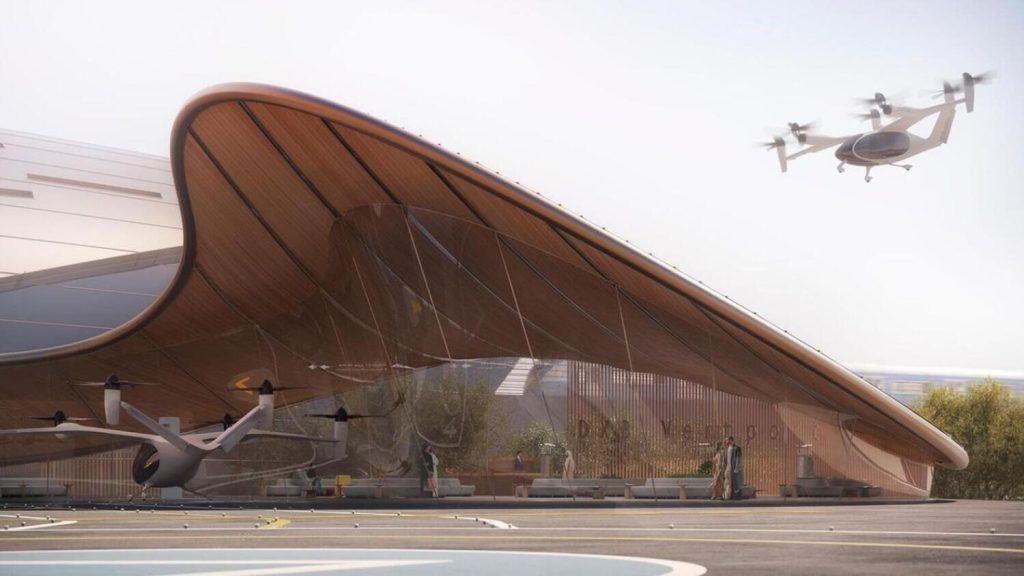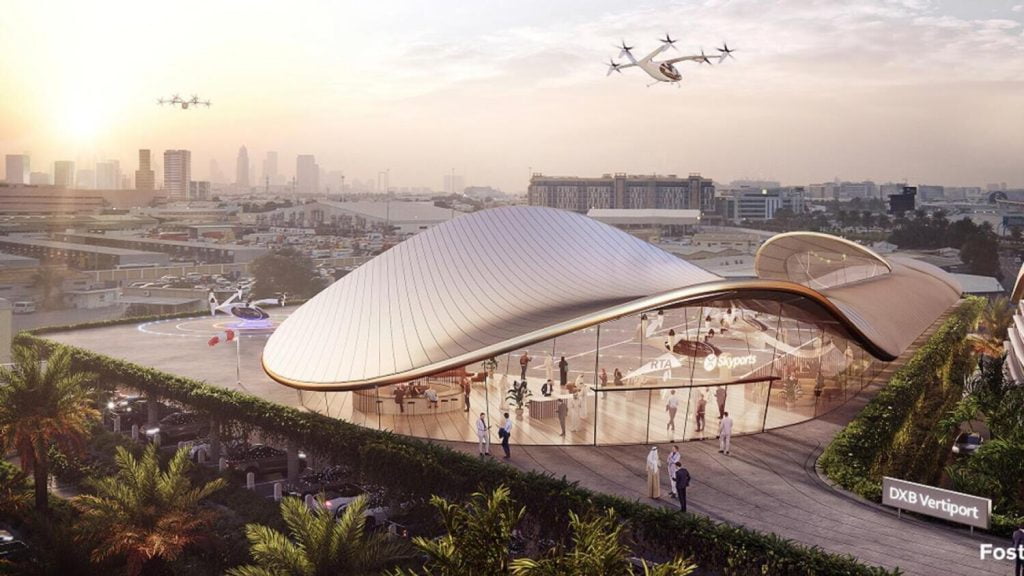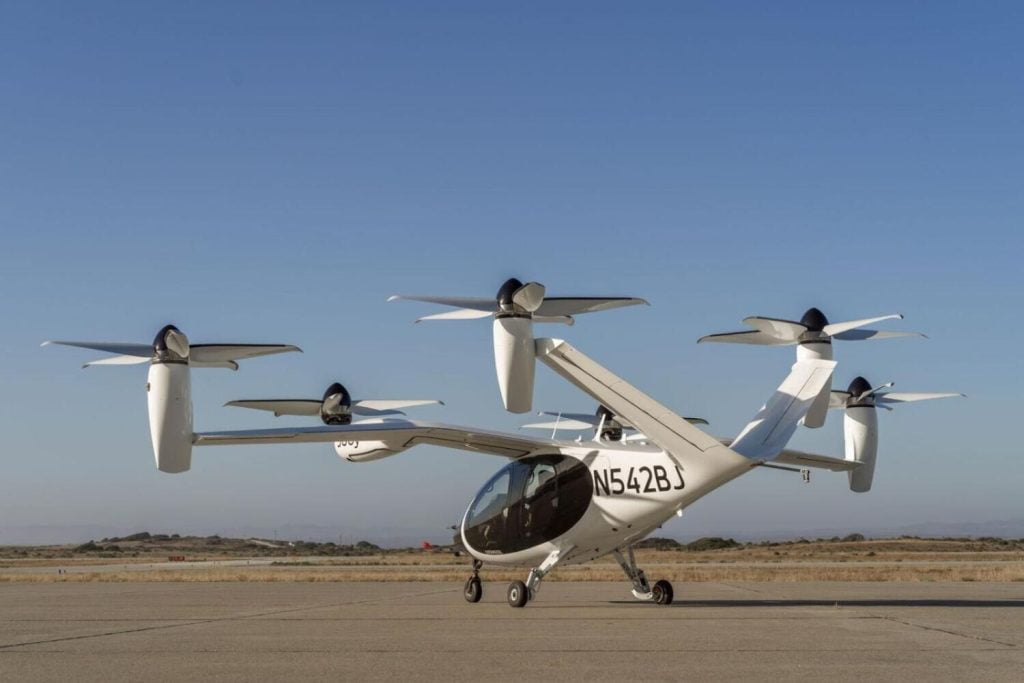The skyline of Dubai, renowned for its futuristic architecture and innovative urban development, is about to embrace a groundbreaking addition to its transportation landscape – flying taxis. The CEO of London-based company Skyports, Duncan Walker, recently made an ambitious proclamation at the 3rd Dubai World Congress for Self-Driving Transport, stating that Dubai is set to become the world’s first city with a fully-developed network of vertiports for permanent air taxi services by 2026. This visionary step towards electric vertical take-off and landing (eVTOL) aircraft marks a significant leap into the future of urban mobility.


What Are Vertiports?
Before delving into the exciting prospects of flying taxis in Dubai, it’s essential to understand what vertiports are. Vertiports, short for vertical airports, are specialized facilities designed for the landing and takeoff of drones and advanced air mobility (AAM) transport, such as eVTOL aircraft. Unlike conventional helipads or heliports meant for helicopters, vertiports cater to the unique requirements of eVTOLs, including spacing between landing and launching pads and recharging capabilities.
Skyports’ Vision for Dubai
Skyports Infrastructure, a London-based company specializing in developing vertiports, had its design approved for development during the World Government Summit in Dubai. Walker’s announcement aligns perfectly with Dubai’s objective of launching air taxis by 2026. The proposed flying taxi vertiport will serve as the main hub near Dubai International Airport (DXB), initially operating flights to and from vertiport stations in prominent locations like Palm Jumeirah, Dubai Downtown, and Dubai Marina.


The Future of Urban Mobility
The eVTOL aircraft designed for Dubai’s air taxi service boast impressive specifications, with top speeds of 300 kilometers per hour and a maximum range of 241 kilometers. These aerial taxis can comfortably seat a pilot and up to four passengers. One of the most compelling aspects of this innovation is the transformation of daily commutes. During peak hours, a journey from DXB to Palm Jumeirah that typically takes 45 minutes by road will be slashed to a mere six minutes, with an additional ten minutes for vertiport operations.
Benefits Beyond Convenience
Apart from the obvious time-saving advantages, flying taxis promise a host of other benefits. One of the most significant advantages is their zero-carbon operational mission, contributing to a cleaner and more sustainable urban environment. Additionally, the introduction of aerial taxis is expected to alleviate ground-level congestion, providing relief to Dubai’s bustling streets.
Dubai’s Pioneering Role
Duncan Walker applauded Dubai for taking the lead in shaping the future of transportation. He attributed Dubai’s success in this endeavor to efficient government coordination, a well-established regulatory framework, a network of feasible sites, integrated transport systems, and robust business demand. Dubai’s commitment to innovation and forward-thinking urban planning has positioned it at the forefront of the global transportation revolution.
Dubai’s ambitious plan to introduce flying taxis by 2026, as proclaimed by Skyports’ CEO Duncan Walker, signifies a monumental shift in urban mobility. The integration of eVTOL aircraft and the development of vertiport infrastructure are poised to transform the way people move within the city. With shorter commutes, reduced emissions, and decreased congestion, the benefits of this innovative approach to transportation are undeniable. Dubai’s unwavering commitment to embracing the future of transport ensures that it remains a shining example for cities around the world looking to revolutionize their own transportation networks. As the countdown to 2026 begins, the world eagerly anticipates Dubai’s role as a pioneer in the era of flying taxis.
